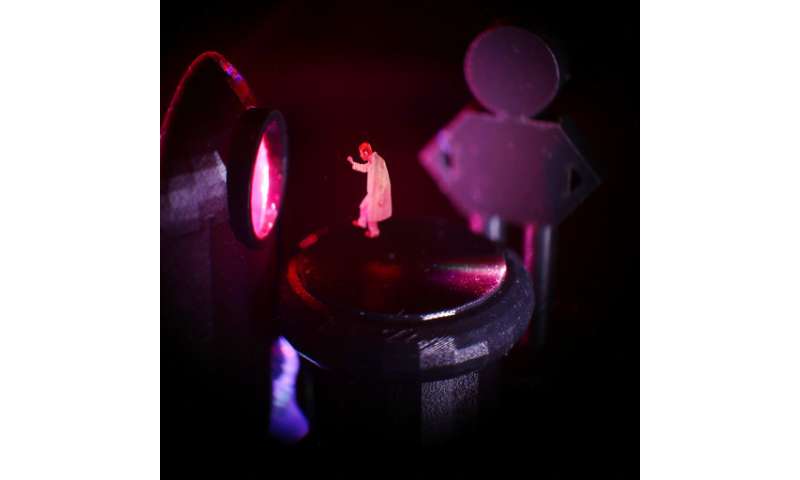Best of Last Week – Volunteers 200 days on moon base, better than hologram projection, memory benefits of curcumin

It was a good week for space news as a team of Chinese volunteers spent 200 days on a virtual 'moon base' as part of that country's goal of putting people on the moon. Also, a team at the Planetary Science Institute announced their finding that two TRAPPIST-1 system planets are potentially habitable. The system has seven planets in all that are near Earth size. And a pair of physicists, Ke Fang and Kohta Murase, found a new way to connect three types of extreme-energy space particles, and came up with a theory that shows a unified origin.
In other news, a team of researchers discovered a piece of America in northern Australia—the team, with Curtin University, found rocks that are remarkably similar to those in North America. And another team with members from across Europe announced that they had found oxidized iron deep within the Earth's interior, surprising most in the field. Also, an international team reported that new Eocene fossil data suggest climate models may underestimate future polar warming—the marine fossils suggest greater warming than had been expected. And in a rather strange development, a team with members from across the U.S. found that when the eyes move, the eardrums move, too—suggesting that motion in the ears and eyes is controlled by the same motor commands in the brain.
In technology news, a team at Brigham Young University announced that they had developed a new kind of 3-D projection visible in thin air, which they claim is better than holograms because it can be viewed from any angle. And a team at the University of Bristol announced that they had developed the world's most powerful acoustic tractor beam, which could pave the way for levitating humans. It overcomes problems of out-of-control spinning by making use of rapidly fluctuating acoustic vortices.
And finally, if you are a lover of Indian food, you might be getting more from it than pleasurable taste, as a team at UCLA found that curcumin improves memory and mood—the substance is what gives curry its bright color. The team is looking into whether it might be used to treat age-related memory loss or even dementia.
© 2018 ScienceX